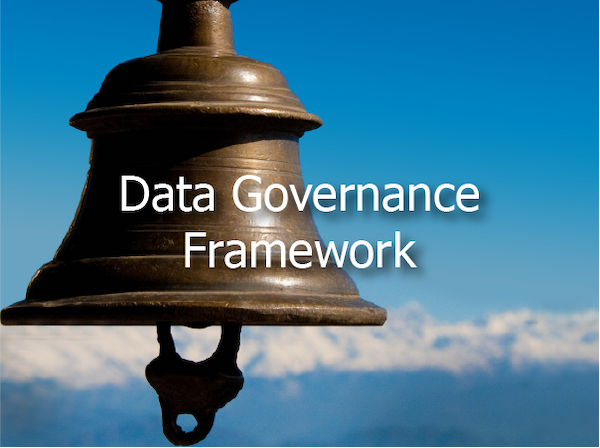
A Data Governance framework refers to the collection of rules, processes, roles, and tools organizations can use to achieve successful Data Governance. Implemented correctly, Data Governance directly correlates to an organization’s ability to manage its data while maintaining compliance standards and accessibility within the enterprise.
With the vast amount of data generated each day, businesses must ensure they have the right processes to store, process, and analyze this data. Accessibility is a significant issue for most organizations. Different teams need to access stored data as easily and securely as possible, and a governance framework will enable them to solve this issue.
Other Definitions of Data Governance Framework Include:
- “The collection of rules, processes, and role delegations that ensure privacy and compliance in an organization’s enterprise data management.” (Talend)
- “A logical structure for classifying, organizing, and communicating complex activities involved in making decisions about and taking action on enterprise data.” (The Data Governance Institute)
- “An overarching approach to how you collect, manage and archive data in your enterprise [that] encompasses everything from the people and process behind data governance to the technologies used to manage data.” (SAS)
Use Cases of Data Governance Frameworks Include:
- Data Governance can be used to prevent data swamps. Usually, data lakes act as a collective storage location for any data a business generates or acquires. When organizations do not apply a proper Data Governance framework to data ingestion, data lakes can soon become swamps. This negates the purpose of creating a data lake in the first place.
- The COVID-19 pandemic expedited the adoption of digital channels for marketing and advertising. As more employees stayed home, they needed to devise different ways to market their companies online and ensure customer experience. Additionally, they had to account for how that experience aligned with their in-store experience – to provide a positive omnichannel experience. With the right Data Governance framework in place, they were able to achieve that.
- Many companies use Data Governance to implement a framework that helps them analyze their existing data lakes. For example, a North American retailer wanted to achieve digital transformation with advanced analytics. They had to appoint dedicated Data Management teams and domains to segregate and analyze their data. Once they did, they could identify priority cases for their inventory and in-store assortment, enabling accelerated operations.
Benefits of a Data Governance Framework Include:
- Provides a consolidated view of available data with specific use cases for different business units
- Accounts for all Data Quality dimensions, ensuring the comprehensiveness of data
- Allows all business units access to data assets
- Involves extensive processes and best practices for Data Management
- Removes the silos between IT and other business units of the organization
- Enables organizations to remain compliant with data regulations
Image used under license from Shutterstock.com